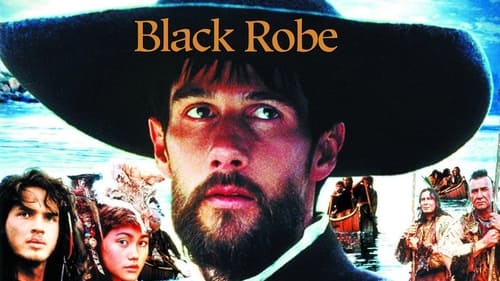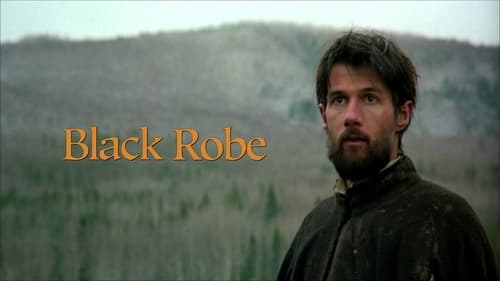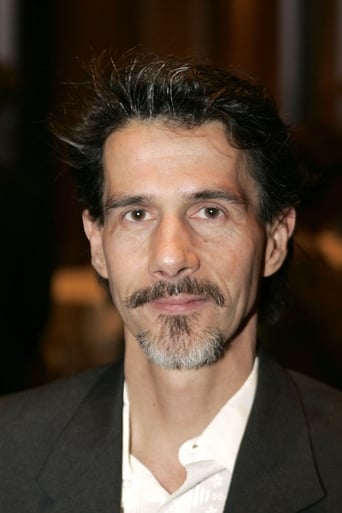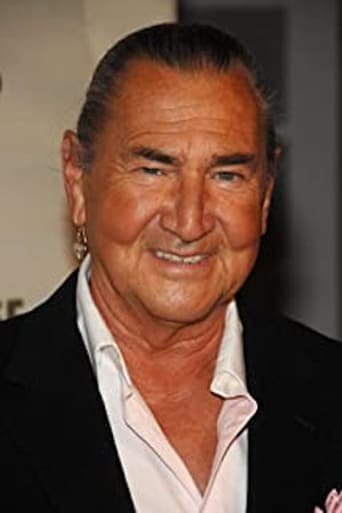PWNYCNY
Black Robe is a credible attempt to dramatize the clash of cultures in the early seventeenth century in what is today the region comprising northern New York State and Quebec, Canada. In this movie the principal characters: a Native chief, his wife and daughter, a French priest (the "Black Robe") and his companion, a young French man, are people caught up in a chain of events that highlight the similarities and differences, as well as the best and the worst features, of two cultural groups, one French and Catholic, the other Native American and non-Christian, as they take the first tentative steps in establishing contact. Remarkably, the two groups have much in common. Both have chiefs, both utilize similar rituals to strengthen group solidarity, both have warriors, both have priests, both have strong religious beliefs, both understood firearms, and both are inquisitive as to the nature of the other, including sexual, and are capable of interacting with each other on an intimate, including sexual level. Yet these similarities are far outweighed by their differences, such as in race, technological development, literacy, language and military power. For instance, in one scene, the French priest demonstrates writing to the Natives which the Natives find perplexing and disturbing. In another scene, the Natives are amused by a clock, which, though obviously important to the whites, to the Natives is little more than a silly noise-making contraption. Some aspects of the story are contrived, such as the affair between the priest's traveling companion (who, of course, is young, tall, sensitive and handsome) and the chief's daughter (who, of course, is young, lithe, passionate and beautiful, with a lovely countenance and a slight streak of rebelliousness, enhancing her charm), the gratuitous depictions of acts of copulation and close-up shots of horrible combat wounds, and the inclusion of "bad," that is, unruly and sadistic Natives, complete with scowling faces and menacing, mocking laughs, all clearly added for dramatic effect. These additions are pure Hollywood. Nevertheless, this movie succeeds as a work of art because of the presence of the main character, the "Black Robe." He is the bulwark of the story, the hub around which the movie revolves. This character is strong because he has moral integrity, that is, he is not a phony. He really cares about the Natives, as people and not just as targets for spiritual exploitation, and he knows that they are dying and wants to save them the only way he knows how; by bringing them salvation, unconditionally, through Christian faith, something which he really believes. The Natives sense that he cares about them, that he is not scheming to hurt them or steal from them, and are even comfortable enough with him to playfully poke fun at him, a sign of acceptance, and something they would not dare to do, or care to do, with most other white people, who they detest. Because if the Natives had hated him, they would have let him die or have murdered him, without hesitation, but they did not. When he was lost, they found him; when he was left in the forest, they went back to fetch him. By the end of movie, his acceptance by the Natives is complete as they come to him for spiritual comfort to ease the pain of their suffering. For "Black Robe," his mission is fulfilled; for the Natives it marks the beginning of a process of assimilation into a new culture that will soon lead to their cultural and physical decline, and for many, their extinction.Also, mention must be made of another principal character in this movie, Chomina, who fully grasps the predicament of his people and the implications of the white man's presence in what was once Native land. His character is symbolic of the best features of the Natives: strong, resolute, courageous, fair, honorable, fundamentally peaceful, uncorrupted, and above all humane, and his death represents the end of an era, which becomes even more apparent when his daughter decides to stay with her white boyfriend and not return to her people. Perhaps this interpretation of Chomina may seem a bit expansive, yet there were Native Americans who were known to embody these traits, so the character cannot be discounted as a mere cinematic contrivance.That this movie contains interesting and noble characters is commendable, yet what makes this movie worth watching is the substantive nature of the story itself which candidly addresses themes relevant to today's post-9/11 world in which the clash of cultures, under the banner "war on terrorism," has taken on global proportions.One other point: The clash of cultures depicted in this movie is part of a larger process of cultural decline and regeneration that occurs continuously throughout history everywhere in the world as cultures rise and fall and are replaced by other cultures. Languages that once flourished are now extinct; empires that once stretched across continents are long since gone. Understanding this makes the process more comprehensible but provides little solace for those experiencing the process, especially if it is their culture that is disappearing. One cannot help but be moved by the plight of the Native Americans as they realize that their way of life will be gone and that there is nothing they can do to stop it.The movie tells a compelling story about people from two cultural groups struggling to get to know each other and form social bounds under difficult circumstances and for that reason alone this movie is worth watching.







